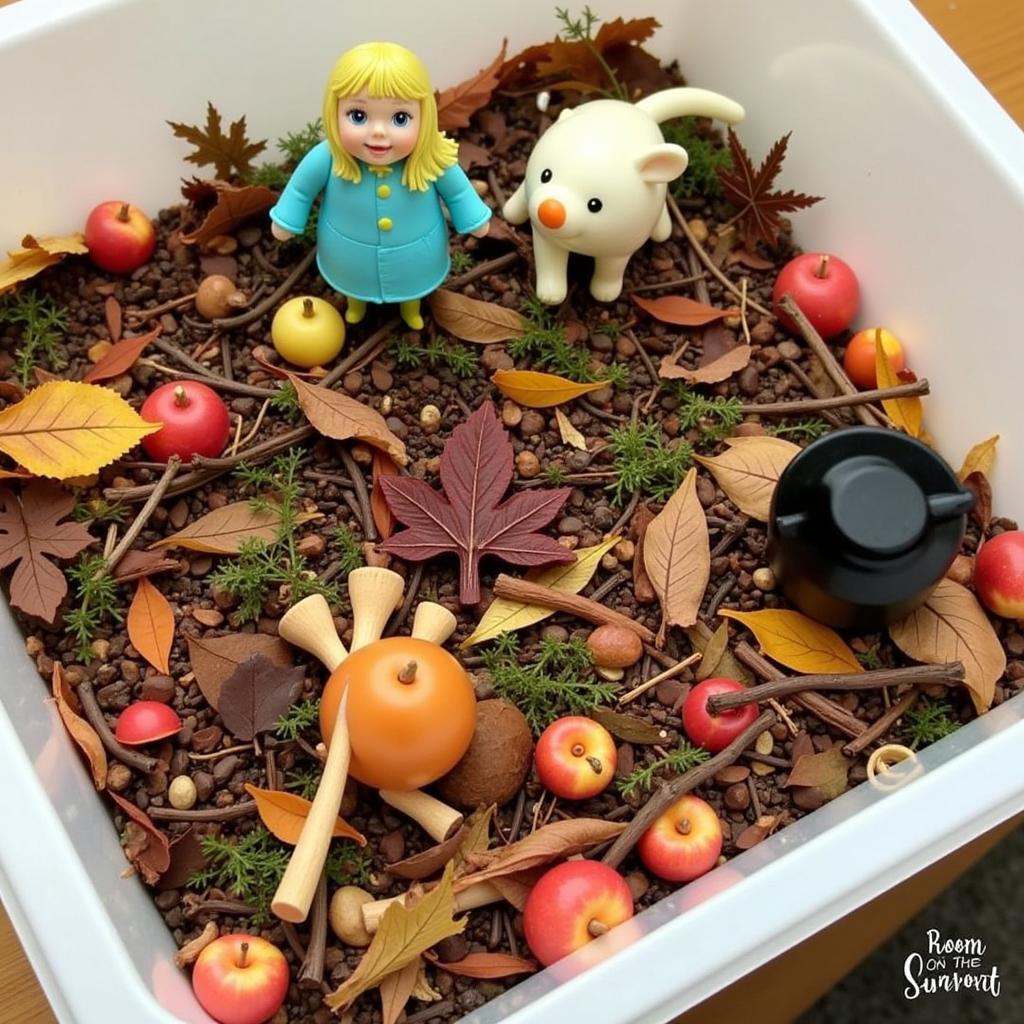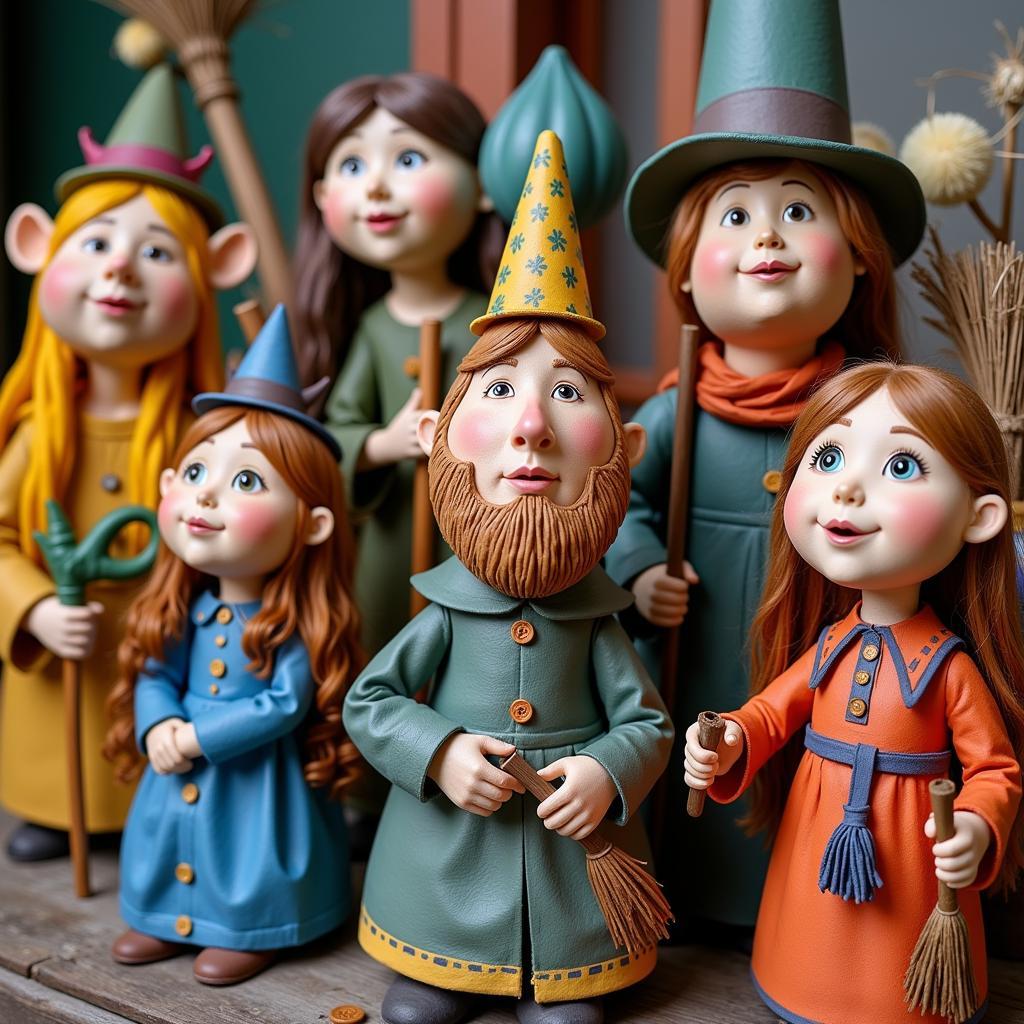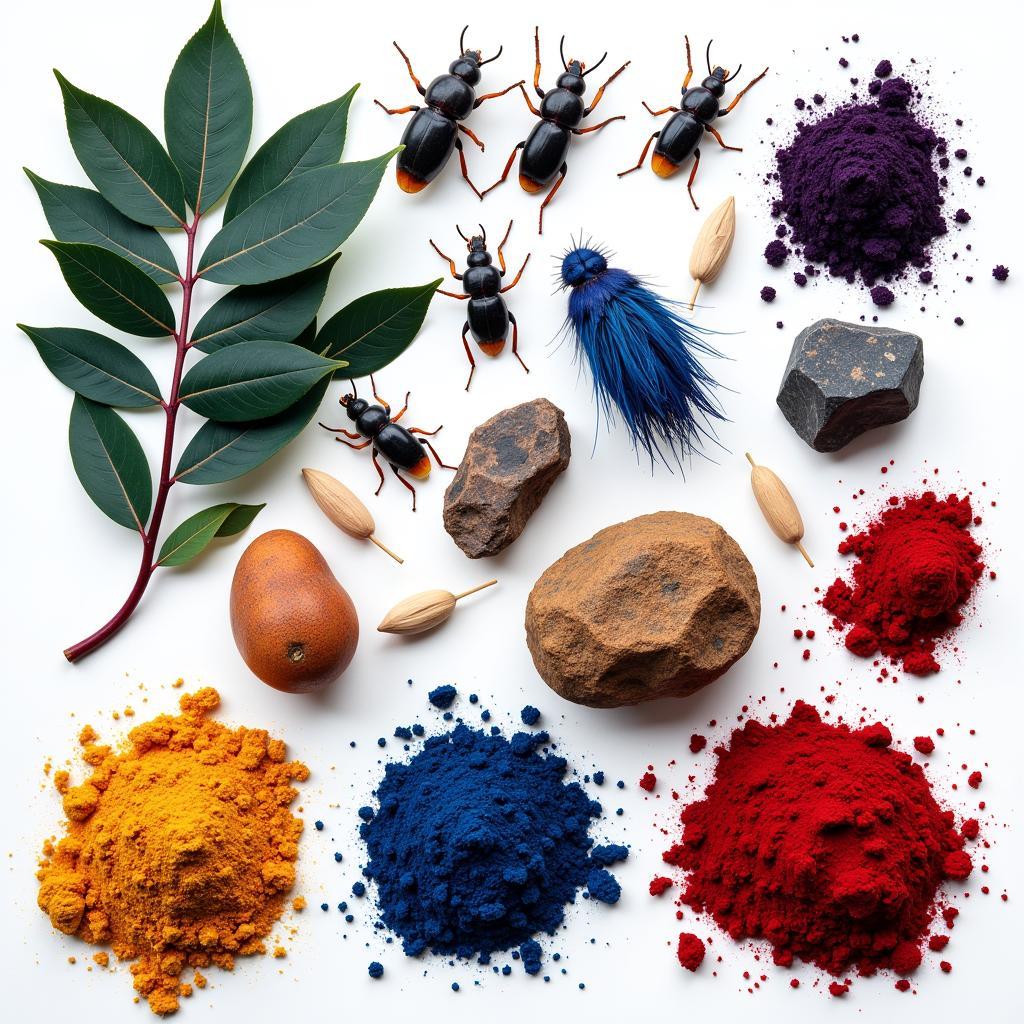Room on the Broom Art Activities: Enchanting Creativity for Kids
Room On The Broom Art Activities offer a magical journey into the world of Julia Donaldson and Axel Scheffler’s beloved book. These creative endeavors not only entertain but also foster a love for reading, storytelling, and artistic expression in children. From crafting whimsical characters to recreating iconic scenes, these activities provide a captivating blend of literacy and art.
Let’s explore a cauldron full of enchanting room on the broom art activities perfect for sparking imagination and creating lasting memories.
Bringing the Story to Life: Room on the Broom Crafts
Creating room on the broom art projects is a fantastic way to immerse children in the story’s world. They can personalize their experience by crafting their own versions of the witch, cat, dog, bird, and frog. These crafts can range from simple paper plate characters to more elaborate constructions using recycled materials.
Simple and Fun Room on the Broom Crafts for Preschoolers
For younger children, simpler projects are ideal. Consider making stick puppets of the characters, using felt and googly eyes for added charm. Painting or coloring pre-printed character outlines is another engaging option. These activities allow even the youngest children to participate and contribute to the magical fun.
Another simple craft is creating the witch’s broom. Using a twig and some straw or dried leaves, children can construct their own miniature brooms. This hands-on activity enhances their understanding of the story and provides a tangible connection to the characters.
What materials are needed for these engaging crafts? Common household items and craft supplies such as paper plates, construction paper, glue, scissors, paint, and markers are all you need to get started. Don’t forget those magical touches like glitter, sequins, and feathers to add extra sparkle!
Recreate the Magic: Room on the Broom Scene Creations
Beyond individual character crafts, recreating entire scenes from the book offers a more immersive experience. Children can build miniature landscapes using shoeboxes or cardboard, complete with the witch’s house, the windy hill, and the bubbling cauldron.
Creating a Room on the Broom Sensory Bin
A sensory bin filled with dried leaves, twigs, and small toy animals can also bring the story to life. Children can use these elements to recreate the different locations visited by the witch and her friends. This tactile experience enhances learning and engages multiple senses, making the story even more memorable.
 Room on the Broom Sensory Bin Activity for Kids
Room on the Broom Sensory Bin Activity for Kids
A renowned educator, Dr. Emily Carter, emphasizes the importance of sensory play: “Sensory activities, like the Room on the Broom sensory bin, offer a unique opportunity for children to engage with stories on a deeper level, enhancing their comprehension and stimulating their imaginations.”
Room on the Broom Art Activities for Different Age Groups
Adapting room on the broom art activities to suit different age groups ensures that everyone can enjoy the creative process. Simpler projects are ideal for younger children, while older kids can tackle more complex challenges.
Room on the Broom Activities for Older Children
Older children can explore more advanced techniques like paper mache to create 3D models of the characters or design their own comic strip retelling the story. These projects encourage creativity, problem-solving, and fine motor skill development.
Professor Amelia Reed, a specialist in children’s literature, notes: “The rich narrative of Room on the Broom provides a springboard for a wide range of artistic explorations. By engaging with the story through art, children develop critical thinking skills and a deeper appreciation for literature.”
 Room on the Broom Paper Mache Characters Art Project
Room on the Broom Paper Mache Characters Art Project
Crafting the dragon from the story presents a fun and engaging challenge for older children. They can use recycled materials like cardboard boxes, egg cartons, and paint to bring the friendly dragon to life. This project fosters resourcefulness and encourages imaginative design.
In conclusion, room on the broom art activities provide a captivating and educational experience for children of all ages. From simple crafts to more elaborate projects, these activities offer a fun and engaging way to celebrate the magic of Julia Donaldson and Axel Scheffler’s beloved story. So gather your materials, ignite your imagination, and embark on a creative adventure with the witch and her friends!
FAQ
-
What age group are these activities suitable for? These activities can be adapted for preschoolers through elementary school aged children.
-
What materials do I need? Common craft supplies like paper, glue, scissors, and paint are typically needed.
-
Can these activities be done at home? Absolutely! These are perfect for rainy day fun or weekend projects.
-
Where can I find more Room on the Broom resources? Check out our art corner ideas preschool for more inspiration!
-
Are there any online tutorials available? Many websites and YouTube channels offer step-by-step instructions for Room on the Broom crafts.
-
Can these activities be adapted for a classroom setting? Yes, these projects are easily adaptable for group activities in a classroom.
-
What are the benefits of doing these activities with children? These activities promote creativity, literacy skills, and fine motor development.
Related Questions and Further Exploration
- How can I incorporate more literacy activities based on Room on the Broom?
- Are there other books by Julia Donaldson and Axel Scheffler that offer similar creative opportunities?
Need more support? Contact us 24/7 at Phone: 02462573573, Email: [email protected] or visit us at Savico Megamall, 7-9 Đ. Nguyễn Văn Linh, Gia Thụy, Long Biên, Hà Nội 10000, Việt Nam.

